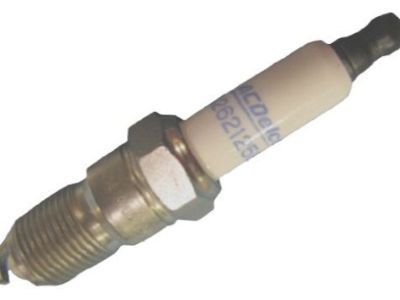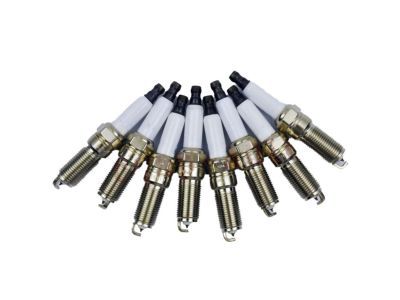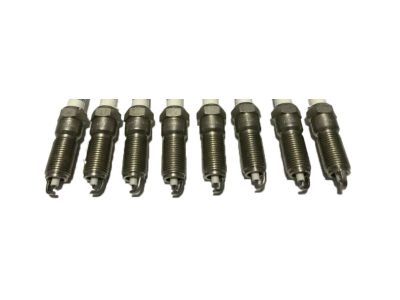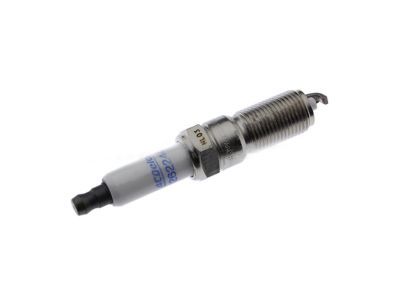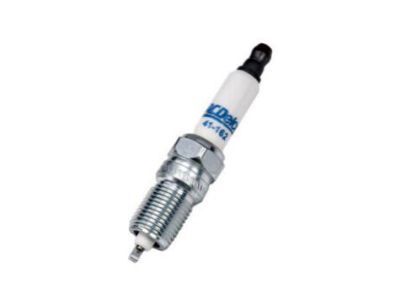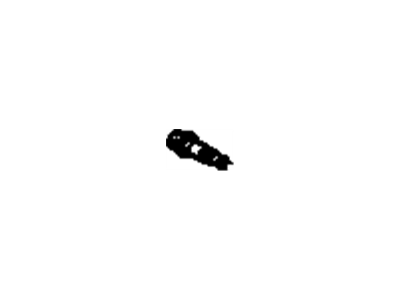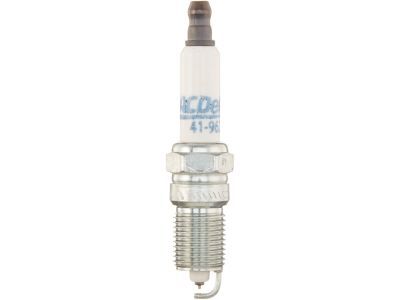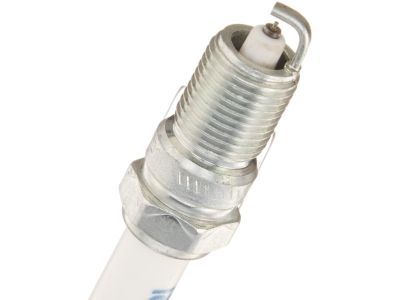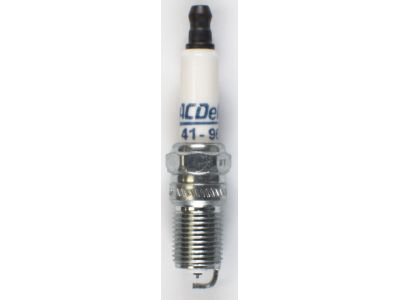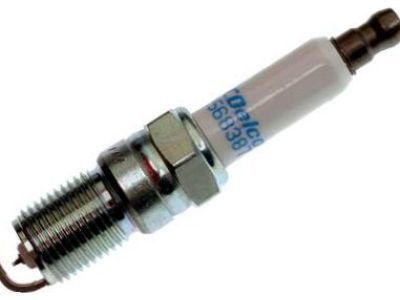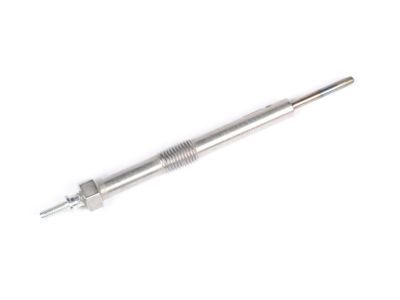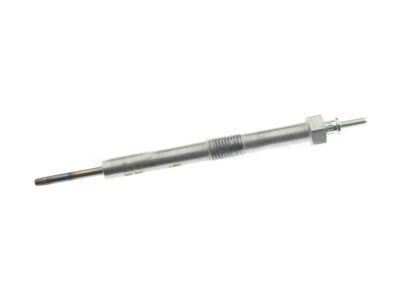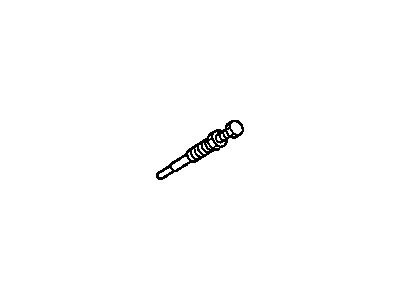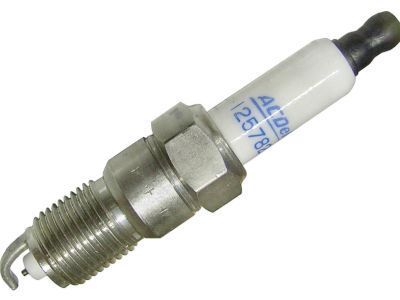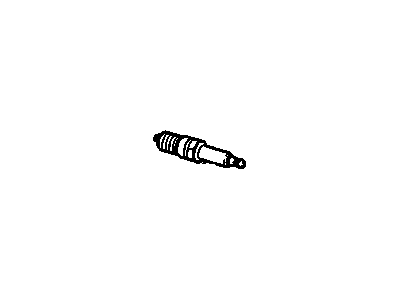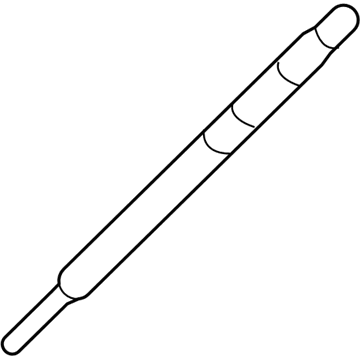
My Garage
My Account
Cart
Genuine Chevrolet Express Spark Plug
Ignition Spark Plug- Select Vehicle by Model
- Select Vehicle by VIN
Select Vehicle by Model
orMake
Model
Year
Select Vehicle by VIN
For the most accurate results, select vehicle by your VIN (Vehicle Identification Number).
12 Spark Plugs found
Chevrolet Express Spark Plug Assembly, Gasoline Engine Ignition
Part Number: 12680072$9.05 MSRP: $16.46You Save: $7.41 (46%)Chevrolet Express Spark Plug Asm
Part Number: 12622441$9.05 MSRP: $16.46You Save: $7.41 (46%)Ships in 1-3 Business DaysChevrolet Express SPARK PLUG ASM,GAS ENG IGN
Part Number: 19417055$9.36 MSRP: $17.02You Save: $7.66 (46%)Ships in 1-3 Business DaysChevrolet Express Spark Plug Asm (Plat Tipped Plug)
Part Number: 19299585$7.57 MSRP: $13.76You Save: $6.19 (45%)Ships in 1-2 Business DaysChevrolet Express Spark Plug Assembly, Gas Eng Ign
Part Number: 12681665$8.72 MSRP: $16.46You Save: $7.74 (48%)Ships in 1-3 Business DaysChevrolet Express Spark Plug Assembly, Gas Eng Ign
Part Number: 12681664$9.05 MSRP: $16.46You Save: $7.41 (46%)Ships in 1-2 Business DaysChevrolet Express Spark Plug Assembly, Gasoline Engine Ignition
Part Number: 12679800$7.54 MSRP: $13.52You Save: $5.98 (45%)Ships in 1-3 Business DaysChevrolet Express Glow Plug Asm
Part Number: 55589332$54.62 MSRP: $97.98You Save: $43.36 (45%)Ships in 1-3 Business DaysChevrolet Express SPARK PLUG ASM,GAS ENG IGN
Part Number: 19459511$9.45 MSRP: $17.18You Save: $7.73 (45%)Chevrolet Express Spark Plug Asm
Part Number: 19301810$7.57 MSRP: $13.76You Save: $6.19 (45%)Ships in 1-2 Business DaysChevrolet Express Glow Plug
Part Number: 12563554$18.78 MSRP: $33.68You Save: $14.90 (45%)Ships in 1-3 Business Days
Chevrolet Express Spark Plug
Each OEM Chevrolet Express Spark Plug we offer is competitively priced and comes with the assurance of the manufacturer's warranty for the part. Furthermore, we guarantee the speedy delivery of your orders right to your doorstep. Our hassle-free return policy is also in place for your peace of mind.
Chevrolet Express Spark Plug Parts Questions & Experts Answers
- Q: What tools and steps are necessary for replacing spark plugs on Chevrolet Express?A:The spark plugs are screwed on the sides of the cylinder heads, on the side of the exhaust ports. Common tools required for spark plug replacement are a spark plug socket adapted to a ratchet, different extension and last but not the least a gap checkers which has the responsibility to check the gaps of the replaced spark plugs. There are special tools for the removal of plug wires from the wire boots but this is not compulsory, the torque wrench should only be used to tighten the new plugs into place. For this job it is useful to buy new plugs beforehand, install them on the correct gap, and install them one at a time for the correct plug type for the engine. New spark plug should not be fitted without prior confirming that they are free from any defects and that the gap has been set properly and this should be done after the engine has cooled off and all the plugs have been removed. The gap is measured by placing the correct thickness of gauge between the electrodes at the tip of the plug; if the gap should be altered, it is done by bending the side electrode gently without distorting the porcelain insulator. Remove the front wheel lug nuts and then lift the front of the car up using jackstands and then remove the wheels and inner fender splash guards as to access the rear plugs easily. When it's cold restart the engine and after the engine is cold, disconnect the spark plug wire from one plug pulling only on the boot On the spark plug hole blow with compressed air. Insert the spark plug socket over the plug and unscrew it anti-clockwise, if necessary, use an extension. Consequently, the comparison of the old spark plug with the chart document the running condition of the engine, while a thin layer of the anti-seize compound must be applied to the threads of the new plugs. Screw a new plug into the hole until it can't be turned any further by hand, then tighten it up as far as possible using a torque wrench or ratchet; fit a short length of rubber hose onto the coupling to prevent cross-threading. Last of all, tighten the plug wire on the new spark plug with twisting motion and carry on the same for the rest of the spark plugs but connect them one by one to avoid confusion between plug wires and correct position, if connected wrong it may cause misfiring of the engine.
Related Chevrolet Express Parts
Browse by Year
2024 Spark Plug 2023 Spark Plug 2022 Spark Plug 2021 Spark Plug 2020 Spark Plug 2019 Spark Plug 2018 Spark Plug 2017 Spark Plug 2016 Spark Plug 2015 Spark Plug 2014 Spark Plug 2013 Spark Plug 2012 Spark Plug 2011 Spark Plug 2010 Spark Plug 2009 Spark Plug 2008 Spark Plug 2007 Spark Plug 2006 Spark Plug 2005 Spark Plug 2004 Spark Plug 2003 Spark Plug 2002 Spark Plug 2001 Spark Plug 2000 Spark Plug 1999 Spark Plug 1998 Spark Plug 1997 Spark Plug 1996 Spark Plug
